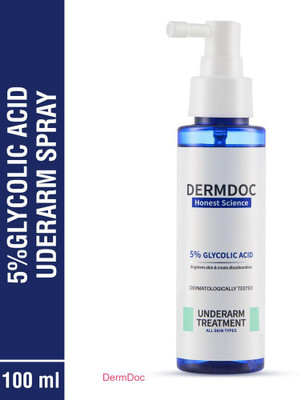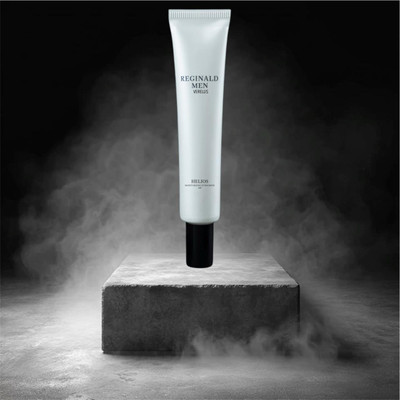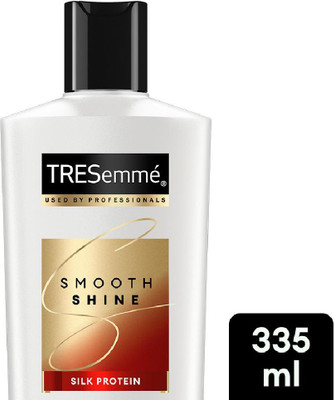
BETA WHITE Melasma & Dark Spots Corrector (30 ml)
Price: Not Available
Currently Unavailable
Description
Betawhite Melasma & Dark Spots Corrector is an active complex composed of multi-functional ingredients that are botanicals (plant-derived) in nature. It is a concoction nature plus science namely extracts of Peony, Scutellaria, Saxifraga flowers, Bisabolol, licorice and Glutathione, Arbutin, Kojic Acid, N-Acetyl-L-Tyrosine, Aminoprophyl Ascorbyl Phosphate and many more other effective ingredients with Palmitoyl Decapeptide and Oligopeptide. Concerns: Melasma, Hyperpigmentation, Dark Spots, Freckles, Uneven Complexion, Improves Luminosity and Restore Fairness. Targets: Melasma activating factors (defective skin barrier function, inflammation, mast cells, hyperactive melanocytes, melanosomal transfer to keratinocytes and vasculature). Prospects: concoction of advanced botanical and conventional agents with multimodal mechanisms of action that offer better efficacy and safety profile. Functions of Beta White-MELASMA & DARK SPOTS CORRECTOR: Inhibition of Tyrosinase Activity: In the melanocytes, tyrosine is metabolized and melanin is generated. The inhibition of tyrosinase activity is one of the main methods of skin lightening and control of melasma. Inhibits UV-induced plasmin activity in keratinocytes by preventing the binding of plasminogen to the keratinocytes and decreases melanocyte tyrosinase activity. Decreases tyrosinase activity and melanin synthesis to reduce overall skin pigmentation, reduces melasma and dark spots. TYRP1, TYRP2 and MITF factor to decrease both the constitutive and facultative pigmentation pathways. Promotion of Pheo-melanin Production : Two types of melanin are known: Eu-melanin and Pheo-melanin. the brownish black eumelanin and the reddish yellow pheomelanin. The target is to enhance the production of more Pheo-malanin instead of Eu-melanin. It induces skin brightening, lightening effect and evenness Inhibition of Melanin Production When N-Acetyl-L-Tyrosine reacts with Tyrosine, an unknown yellow substance is produced instead of melanin. This is called competitive inhibition. Reduces the appearance of pigmented spots and provides a progressive brightening effect for a more uniform complexion Inhibition of IL-1? Activity When the skin is exposed to UV, IL-1?, a cytokine which induces inflammation, is released from the keratinocytes in the epidermis. IL-1? then stimulates keratinocyte-endothelin release. Anti-Inflammatory & decreases ROS production: Inhibits melanin synthesis, causes melanin dispersion, and decreases ROS production. It also has anti-inflammatory effects and can decrease UVB-induced hyperpigmentation. decreases number of mast cells and inhibits UVR induces histamine synthesis produce adequate control on melasma.
Read More
Specifications
In The Box
| Sales Package |
|
| Pack Of |
|
General
| Application Area |
|
| Applied For |
|
| Form Factor |
|
| Brand |
|
| Ideal For |
|
| Ideal Usage |
|
| Quantity |
|
| Composition |
|
| Container Type |
|
| Gift Pack |
|
| Max Shelf Life |
|
Ratings & Reviews
3.8
76 ratings and 3 reviews5
Amazing product.very effective on skin
READ MORECertified Buyer, Mangaldoi
5
Nice one
READ MORECertified Buyer, Garulia
1
not good
READ MORECertified Buyer, Barasat
Questions and Answers
Q:Does it's works for melasma
A:yes
Anannya Baruah
Certified Buyer3
1
Report Abuse
Didn't get the right answer you were looking for
Safe and Secure Payments.Easy returns.100% Authentic products.
Back to top




